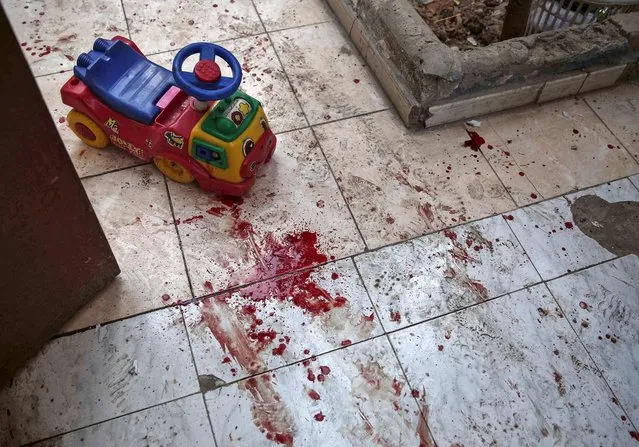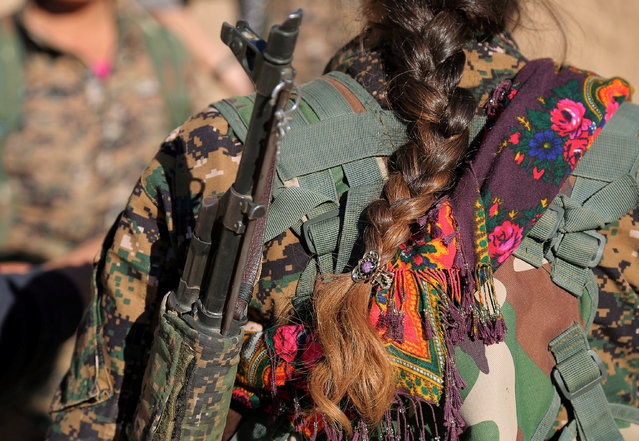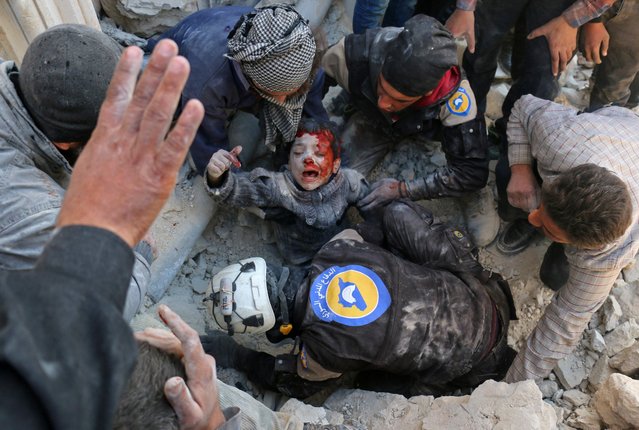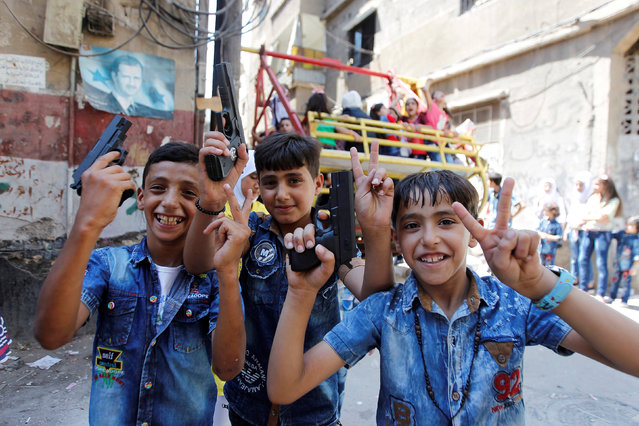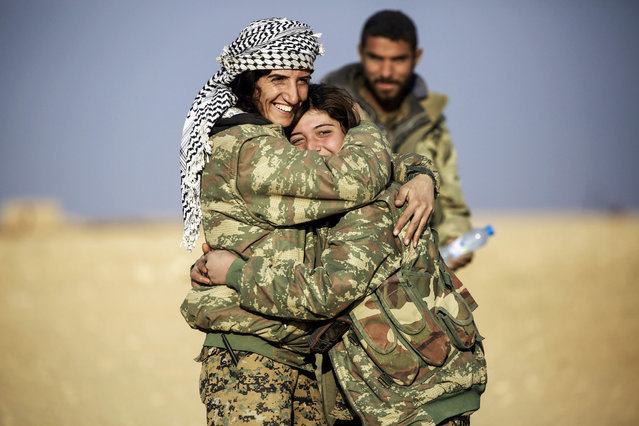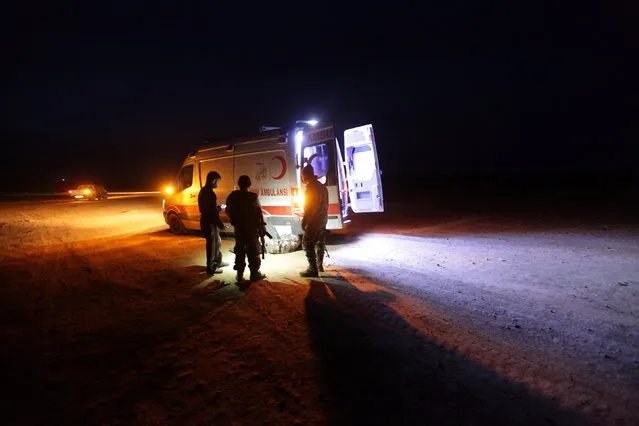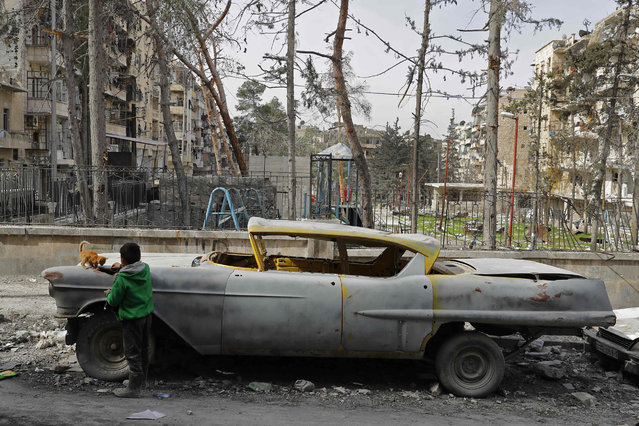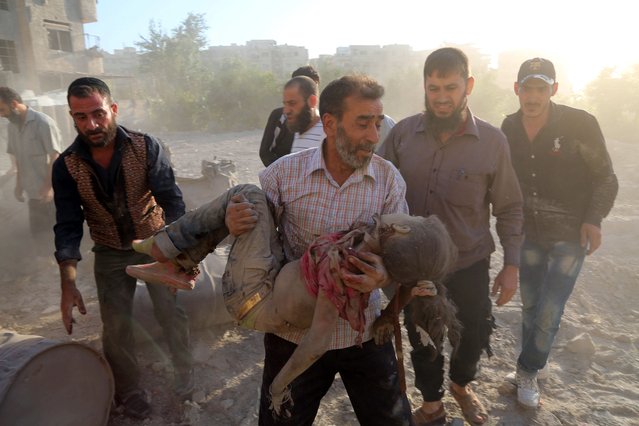
A Syrian man carries the body of a girl following a reported airstrike on Kafr Batna, in the rebel-held Eastern Ghouta area, on the outskirts of the capital Damascus, on September 30, 2016. Air raids on several rebel-held towns in the Eastern Ghouta region killed at least 17 people including eight children, the Syrian Observatory for Human Rights monitor said. (Photo by Amer Almohibany/AFP Photo)
01 Oct 2016 10:33:00,post received
0 comments

